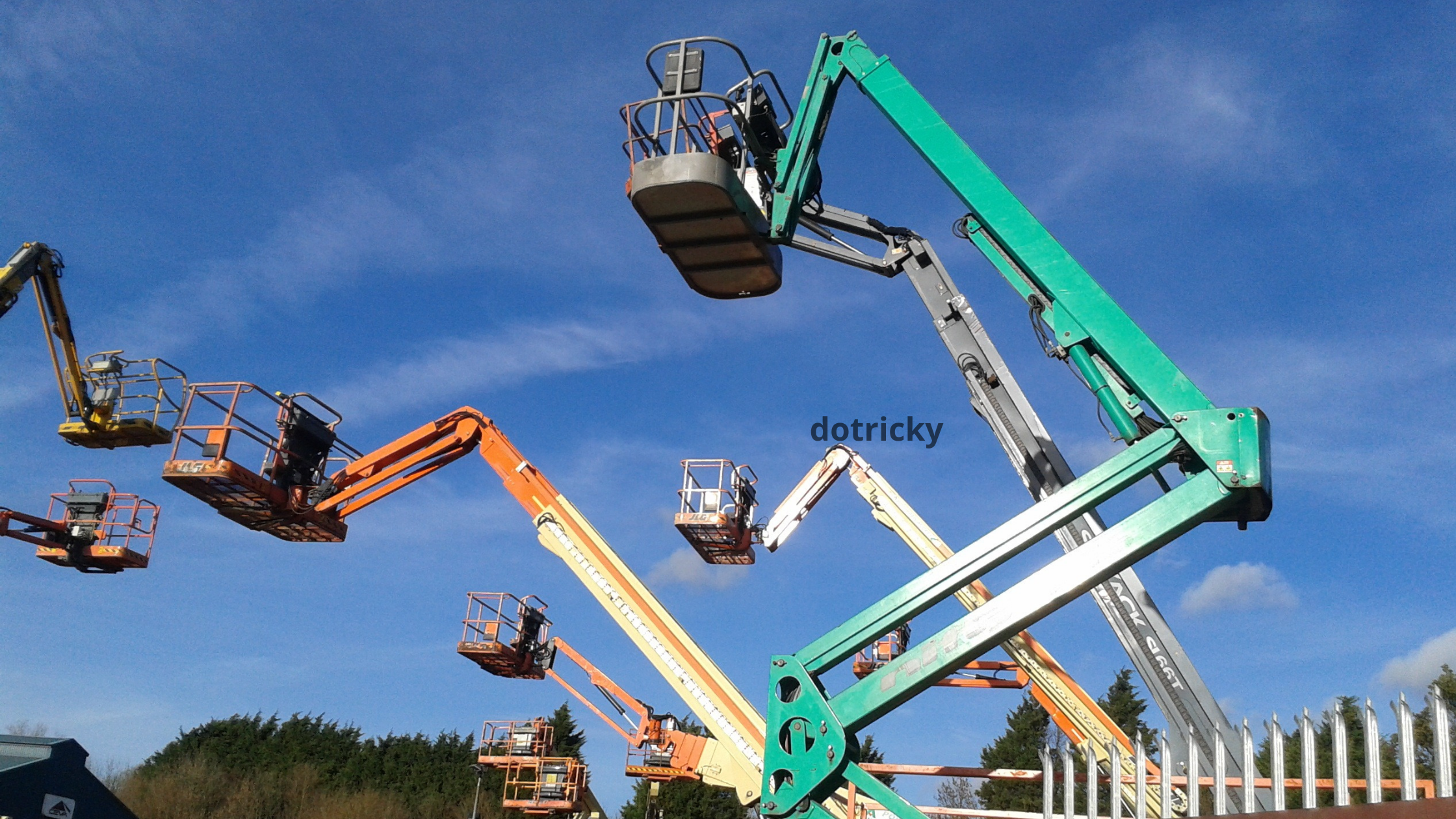Every time you use industrial machinery or equipment, it is essential to think carefully about the health and safety of the operator and their colleagues, and everyone else on the site. Scissor lifts are particularly hazardous if not treated with respect: here is our quick guide to working safely with this equipment.
What is a scissor lift?
A scissor lift consists of a platform mounted on criss-crossed supports (the ‘scissors’), which can be moved up and down to raise large and/or heavy items placed on the platform. Scissor-lifts are typically operated either manually – with a foot or hand pump used to hydraulically lift the platform – or electrically. There are two main types of scissor lift – static, which is placed into the required position (at the end of a production line, for example) and used there, and mobile, which are mounted on castors/wheels to provide more flexible lifting around the site as required.
Safety procedures
Training
Make sure that any operators are fully trained and are comfortable with using the equipment. As with almost any vehicle, equipment or machinery, the majority of accidents come through misuse – usually a result of poor training. Make sure to conduct periodic refresher training sessions specifically on operating the equipment safely, as once the operator becomes used to using the lift they can often start to take shortcuts that can lead to hazards.
Follow the instructions
Your scissor lift equipment has specific weight limits for safe use. Never exceed these maximum capacities, and make sure your equipment is clearly labelled to indicate the safe range of weights for use by your staff.
Use a harness
If you are using your lift to raise personnel, make sure they wear a fall-arrest harness and that there are suitable guardrails fitted to the platform. It can be very easy to misstep when focusing on the task at hand, and suddenly fall from the platform – causing very serious injuries or even death.
Make sure it is stable
Your scissor lift should only be used on flat, stable ground that is unlikely to ‘give’ or shift beneath the weight. Even the slightest shift can cause the whole unit to become unbalanced and tip or fall over.
Be aware of surroundings
Overhead power lines, door frames, lowered ceilings, blind corners – make sure that the scissor lift operator is always aware of the area that they are working in. Never use the lift close to power lines and, if you must position it on a corner or near a doorway/access point, make sure the area is clearly signed and ideally barricaded with temporary fencing or barriers.
Inspect
Before the lift is used, give it a quick inspection – make sure the lift/lower function is smooth and working as expected, check the platform is clean and dry and that there are no other obvious issues, and ensure that the emergency stop button is working. These checks should be carried out in parallel to regular maintenance inspections, which are much more detailed and should be noted down on inspection tags for audit purposes.

